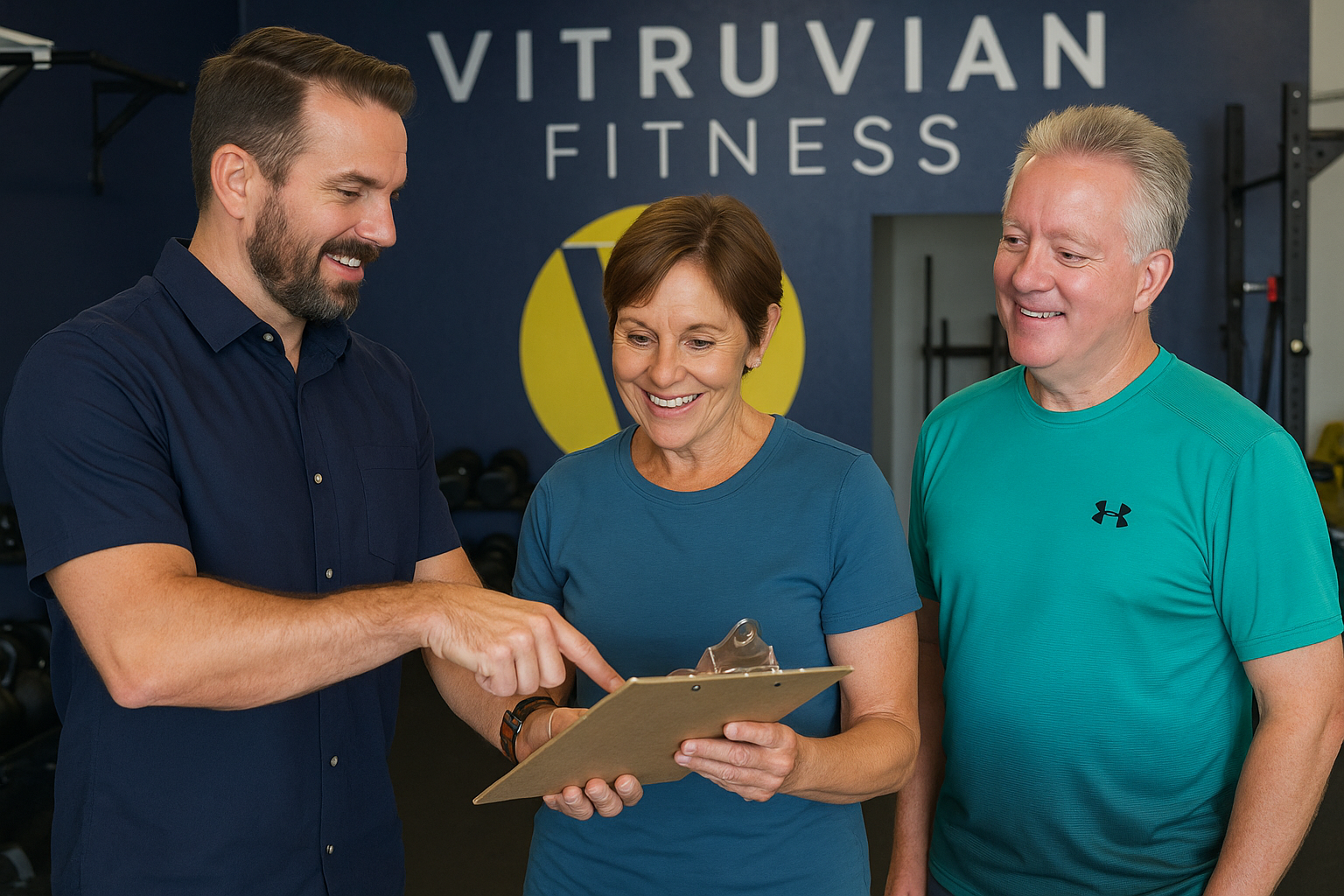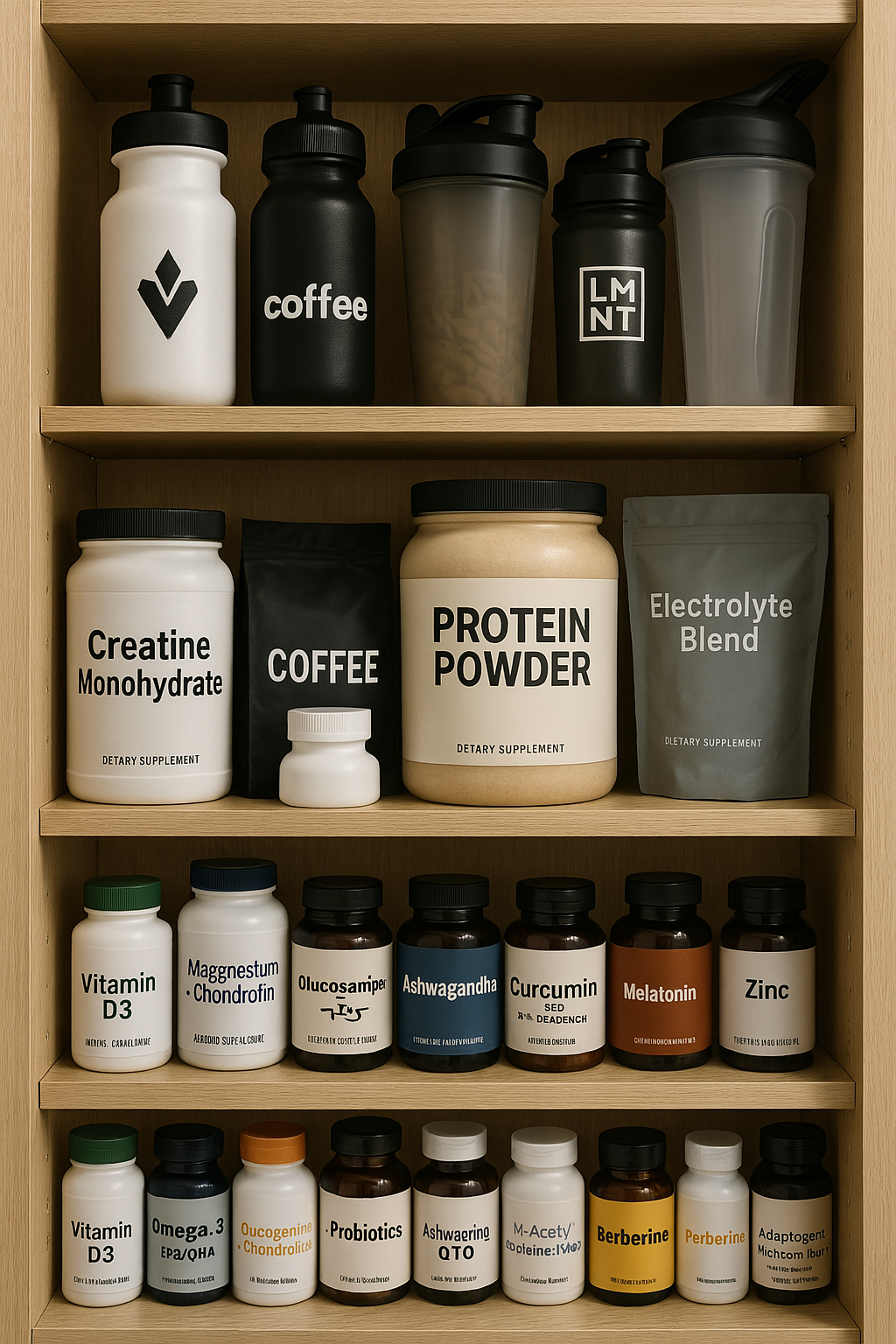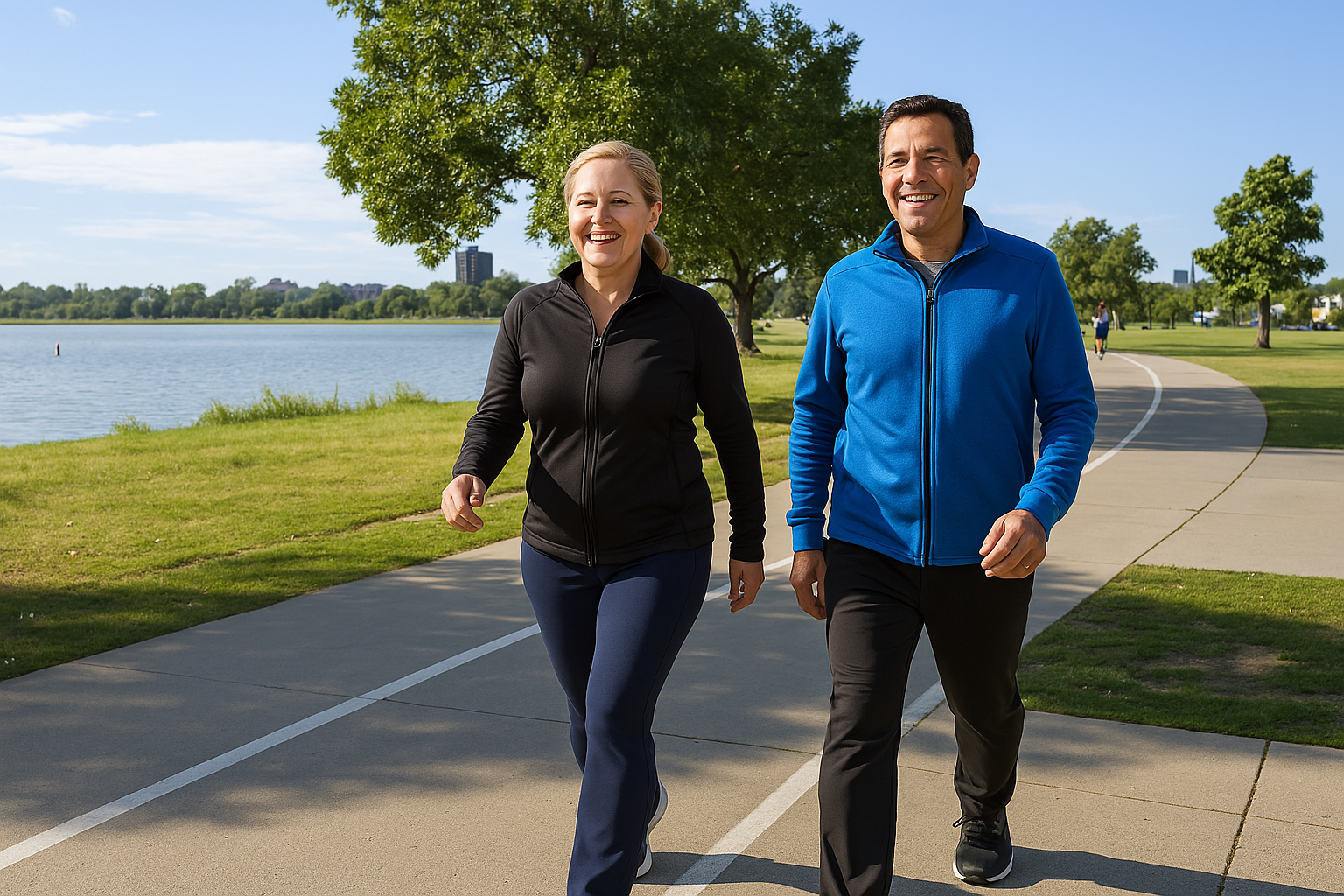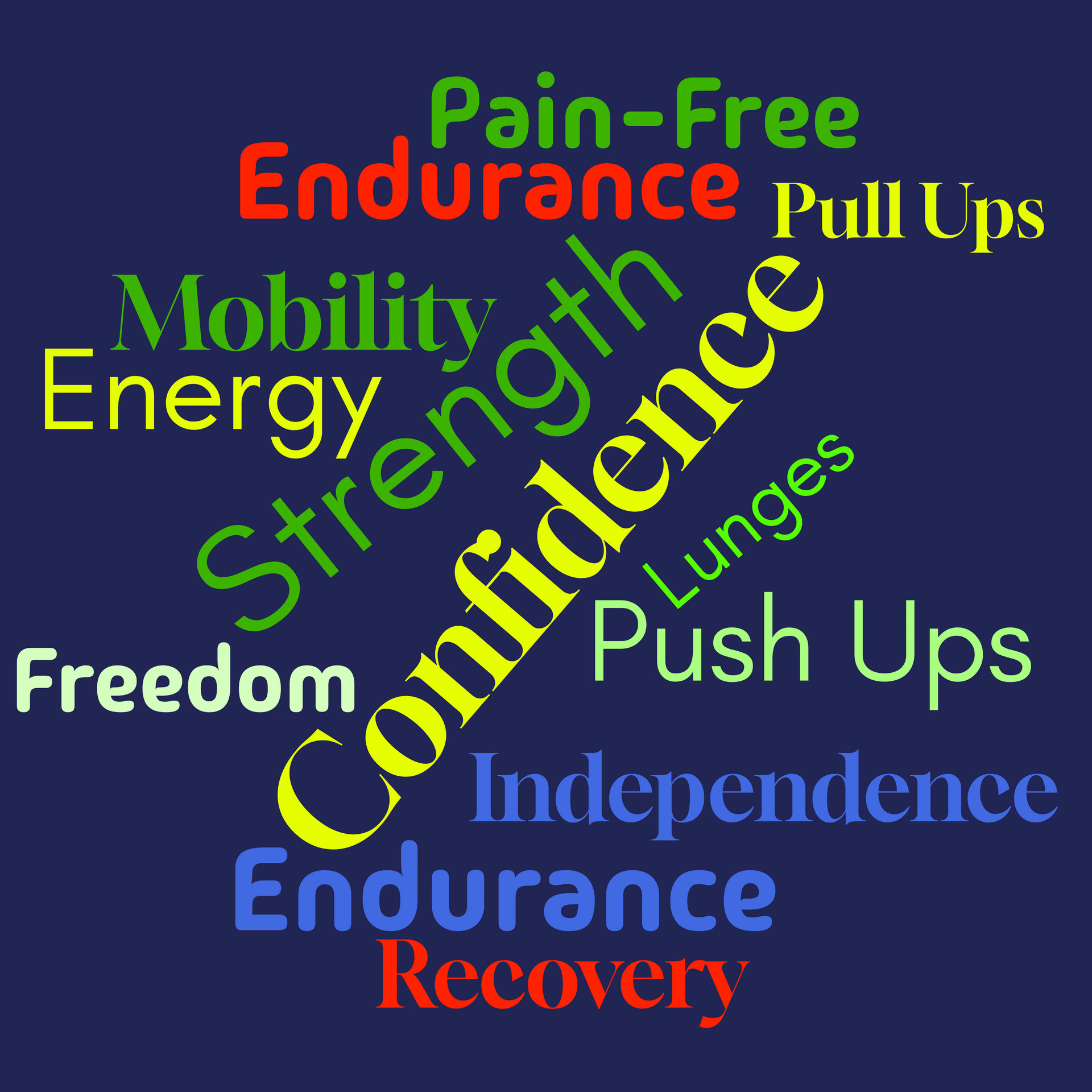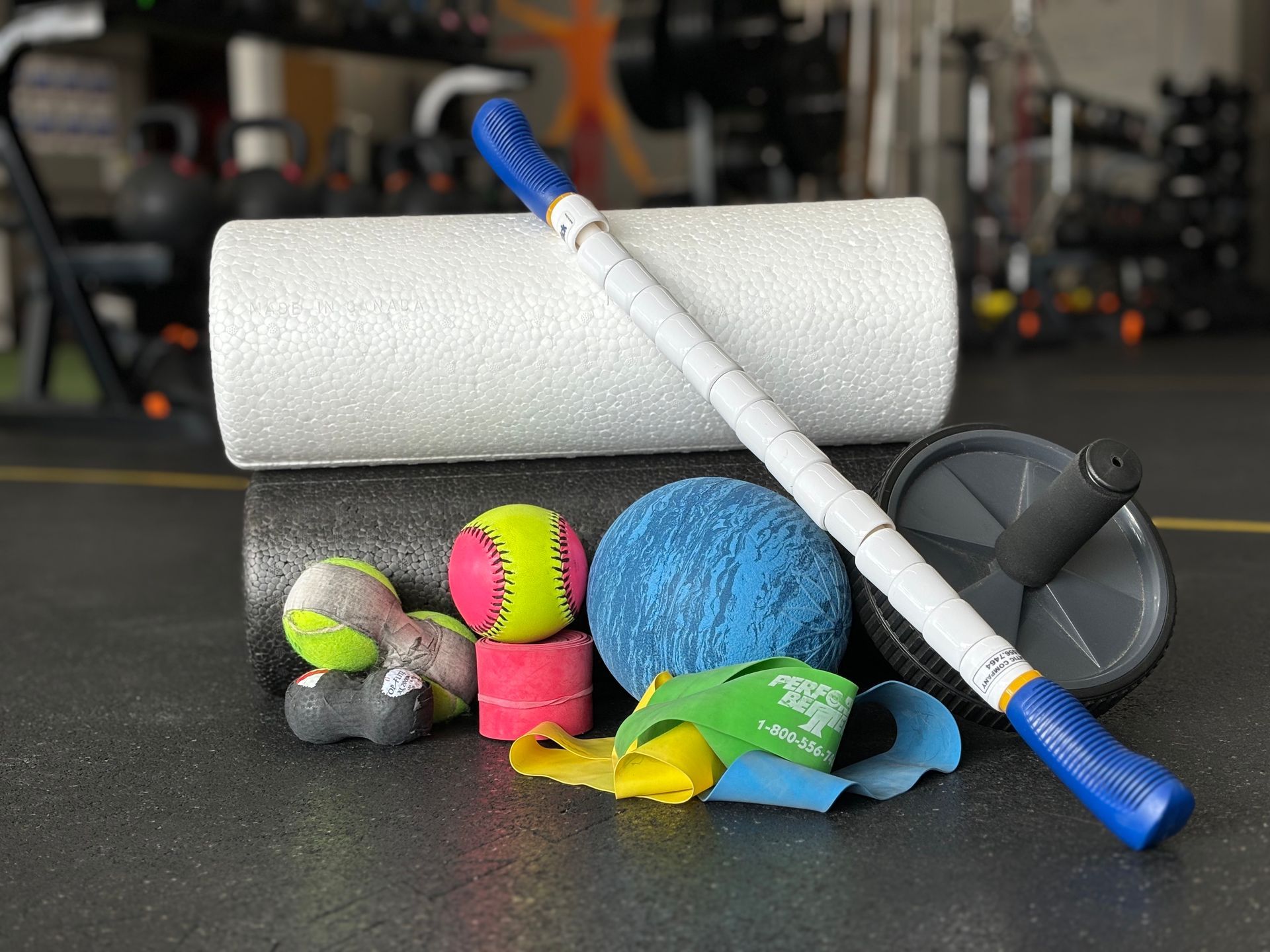Post-Workout Recovery Nutrition
By Lee McLaughlin
Scenario: You’ve just finished a great workout at Vitruvian Fitness with a full workday and fun evening plans ahead of you. It is very easy to hop back on your bike or get in your car and move on with your day, paying little attention to your body’s needs after your workout. Following a tough bout of exercise, the body has lost fluids, used up energy, and is at a state of stress. In order to reset your body you must replenish it with the correct nutrients and fully hydrate after a workout.
Here is why and how:
Carbohydrates + Proteins + Fluids + Rest = Recovery
Recovery Step 1 : Refuel
Carbohydrates: Although there has been negative “buzz” about the consumption of carbohydrates, the truth is that they provide the body and mind with the energy needed to function on a daily basis. Furthermore, your body uses glycogen while exercising. Glycogen is derived from carbohydrates that the body stores. In order to restore these glycogen stores you must consume carbohydrates. For full recovery, it is advised to aim for roughly 1 gram of carbohydrates per kilogram of body weight. Higher intensity and longer workouts use more glycogen. Keep this in mind when planning your post-workout snack.
How do you calculate this?
- Body Weight x .45 grams = Grams of Carbs Desired
- Example: 150 lbs x .45 g = 68 grams of carbohydrates
Recovery Step 2 : Build
Protein: During an intense workout our body is breaking down muscle fibers. The recovery phase is when our muscles are rebuilding the fibers.
This is when the intake of protein is very important. Often times, protein intake can be overestimated. For instance, some believe that more protein in a meal or shake means more muscle building. This is not true. Protein intake is extremely important for post-recovery, but not in excess. It is advised to consume .13 grams of protein per pound of body weight.
How do you calculate this?
- Body Weight x .13 grams = Grams of Protein Desired
- Example: 150 lbs x .3 g = 20 grams of protein
Carbohydrate to Protein Ratio ≈ 3:1
This ratio fits for the active individual. Once again, this ratio is dependent on the individual and the intensity and duration of the workout.
The combination of carbohydrates and protein is critical in your post-recovery workout regimen. Although recovery foods or beverages may be tasty, it is key to NOT eat more calories than expended. Commonly people have an intense workout and are ravenous afterwards. Keep your focus and consume the right snack with the right ratio of nutrients.
Recovery Step 3: Hydrate
Fluid: It is critical to drink enough water on a daily basis and even more so when you exercise. One simple and easy way to know if you are hydrated is to check the color of your urine — too dark and you’re dehydrated. It is important to be hydrated before, during and after your workout in order to achieve the greatest performance. Sweat rates or fluid loss is dependent on several factors relating to the individual, such as age, exercise intensity and duration, as well as environmental factors. Research shows that being hyperhydrated before exercising will not positively affect exercise performance.
Hydration Breakdown:
- Before – 20 oz.
- During – 6-8 oz.
- After – 20 oz. of fluid per lb lost during exercise
Next time you finish a fantastic workout with your friends at Vitruvian remember the key components to post-workout recovery. Treat yourself to a balanced post-workout snack or beverage that will re-energize you. Be sure to keep a water bottle handy and drink water throughout the day. Keeping all of these guidelines in mind will not only help you in your next workout, but it will help you tackle the rest of your day!
Post-Workout Smoothie Recipes:
Mixed Berry
- ¾ cup berries (fresh or frozen)
- ½ cup greek yogurt
- ½ banana
- 1 T wheat germ
- 1 scoop whey protein
Peanut Butter Banana (2 servings)
- 2 cups of milk
- 1 scoop whey protein
- 1/2 teaspoon cocoa powder
- 1/4 cup peanut butter
- 1 banana
- 1 cups ice
Orange Cream Smoothie
- 1 cup vanilla soy milk
- 1 cup ice
- 1 scoop vanilla whey protein
- 1 medium pealed orange
- 8 oz 100% Orange Juice
Oatmeal Raisin
- 2 scoops whey protein
- 10 oz milk
- ½ cup dry oatmeal
- ½ cup raisins
- 12 shredded almonds or 1 T almond butter
- 1 T peanut butter
Pumpkin Pie Smoothie
Try this smoothie for some FALL flavor!
- ½ c.Greek Yogurt Nonfat
- 1 c. Skim Milk
- 1 oz. dry roasted pecans
- 1 cup Pumpkin pie mix, canned
- 1 tsp. ground cinnamon
- 1 tsp. ground nutmeg
You might also enjoy these posts . . .
